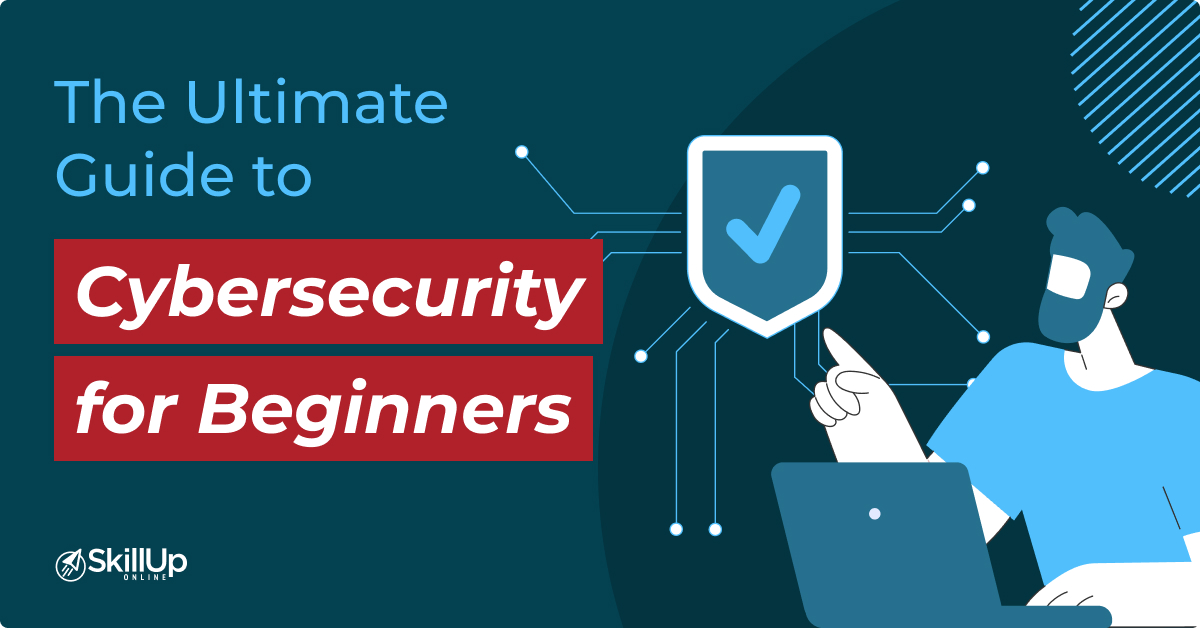
Navigating the world of cybersecurity can feel like learning a new language. With threats constantly evolving and new technologies emerging, understanding the terminology is crucial for everyone, from casual internet users to seasoned IT professionals. This guide, inspired by TechCrunch's reference guide, breaks down essential cybersecurity terms into digestible bites, empowering you to protect yourself and your data in today’s digital landscape.
Understanding the Basics
Before diving into complex concepts, let's establish a foundation with some fundamental terms: Malware: Short for "malicious software," malware refers to any software designed to harm a computer system. This includes viruses, worms, ransomware, spyware, and adware. Virus: A type of malware that replicates itself and spreads to other computers by attaching to legitimate files or programs. Worm: Similar to a virus, a worm self-replicates but can spread independently without needing to attach to a host file. Ransomware: A malicious program that encrypts a victim's files and demands a ransom for their release. Spyware: Software designed to secretly collect information about a user's activities without their knowledge or consent. Phishing: A deceptive attempt to obtain sensitive information, such as usernames, passwords, and credit card details, by disguising oneself as a trustworthy entity in an electronic communication. Social Engineering: Manipulating individuals into divulging confidential information or performing actions that compromise security.
Network Security Essentials
Protecting your network is paramount in today's interconnected world. Here are some key terms related to network security: Firewall: A security system that monitors and controls incoming and outgoing network traffic based on predetermined rules. It acts as a barrier between your internal network and the outside world. VPN (Virtual Private Network): Creates a secure, encrypted connection over a public network, providing privacy and anonymity online. Intrusion Detection System (IDS): A security system that monitors network traffic for suspicious activity and alerts administrators to potential threats. Intrusion Prevention System (IPS): A more proactive security system that not only detects but also actively blocks or stops malicious traffic. DDoS Attack (Distributed Denial of Service): An attack that floods a server with traffic from multiple sources, making it unavailable to legitimate users.
Data Protection and Privacy
Protecting sensitive data is crucial for both individuals and organizations. Here's a look at some vital terms:
* Encryption:To protect its confidentiality, the process of converting readable data into an unreadable format, known as ciphertext.
* Decryption: The reverse process of encryption, converting ciphertext back into readable data.
* Multi-Factor Authentication (MFA): Requiring users to provide multiple forms of identification to verify their identity, adds an extra layer of security. Data Breach: An incident where sensitive, protected, or confidential data is copied, transmitted, viewed, stolen, or used by an unauthorized individual.
* GDPR (General Data Protection Regulation): A regulation in EU law on data protection and privacy in the European Union and the European Economic Area.
Emerging Threats and Advanced Concepts
The cybersecurity landscape is constantly changing, with new threats emerging regularly. Here are some advanced concepts to be aware of: Zero-Day Exploit: An attack that exploits a software vulnerability unknown to the software vendor or developer.
* Advanced Persistent Threat (APT): A stealthy and continuous computer hacking process, often orchestrated by a nation-state or well-funded organization, targeting specific entities. Endpoint Security: Securing individual devices, such as laptops, desktops, and mobile devices, that connect to a network.
* Cloud Security: Protecting data and applications stored and accessed in the cloud. Biometrics:Authentication involves using unique physical characteristics, such as fingerprints or facial recognition.
Staying Safe Online: Best Practices
While understanding the terminology is essential, putting that knowledge into practice is even more critical. Here are some best practices for staying safe online:
Password Management
Use strong, unique passwords for each account.Employ a password manager to securely store and manage your passwords.Enable two-factor authentication wherever possible.
Software Updates
Keep your software and operating systems updated with the latest security patches.Be cautious about downloading software from untrusted sources.
Phishing Awareness
Be wary of suspicious emails, links, and attachments.Verify the sender's identity before clicking on any links or opening attachments.Never share sensitive information over email or unsecured websites.
Staying Informed and Vigilant
Cybersecurity is an ongoing process, requiring continuous learning and adaptation. Staying informed about the latest threats and best practices is crucial for maintaining a strong security posture. Resources like TechCrunch, KrebsOnSecurity, and the National Institute of Standards and Technology (NIST) provide valuable information and insights into the ever-evolving world of cybersecurity. By understanding the terminology and implementing these best practices, you can confidently navigate the digital world and protect yourself from cyber threats.
